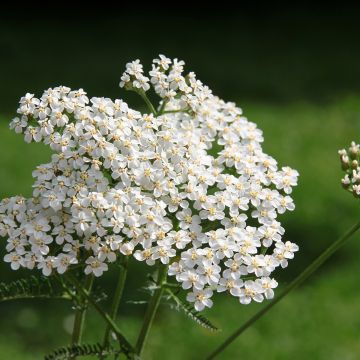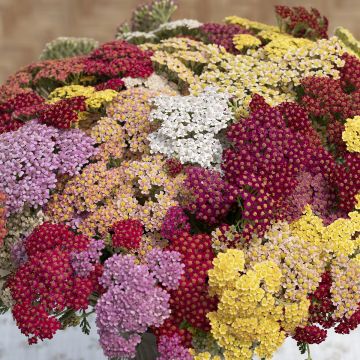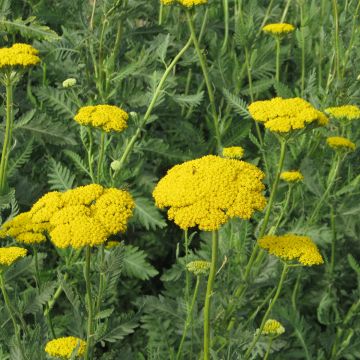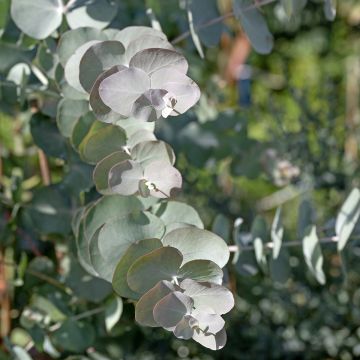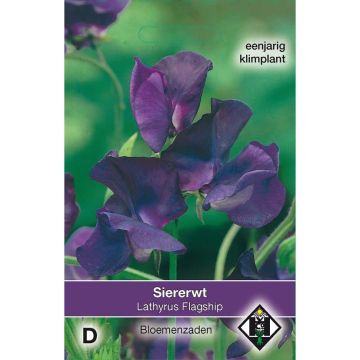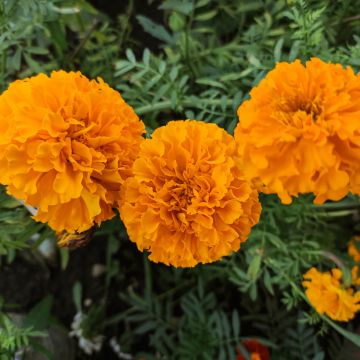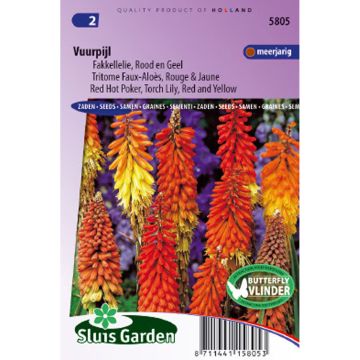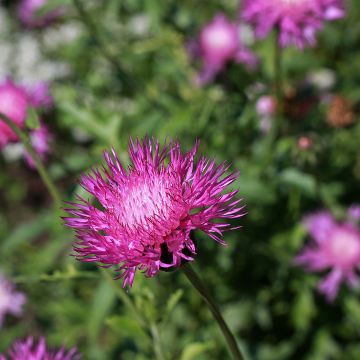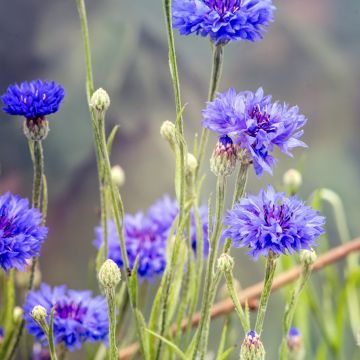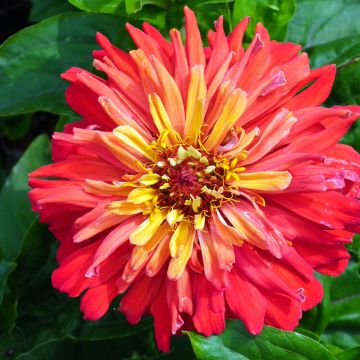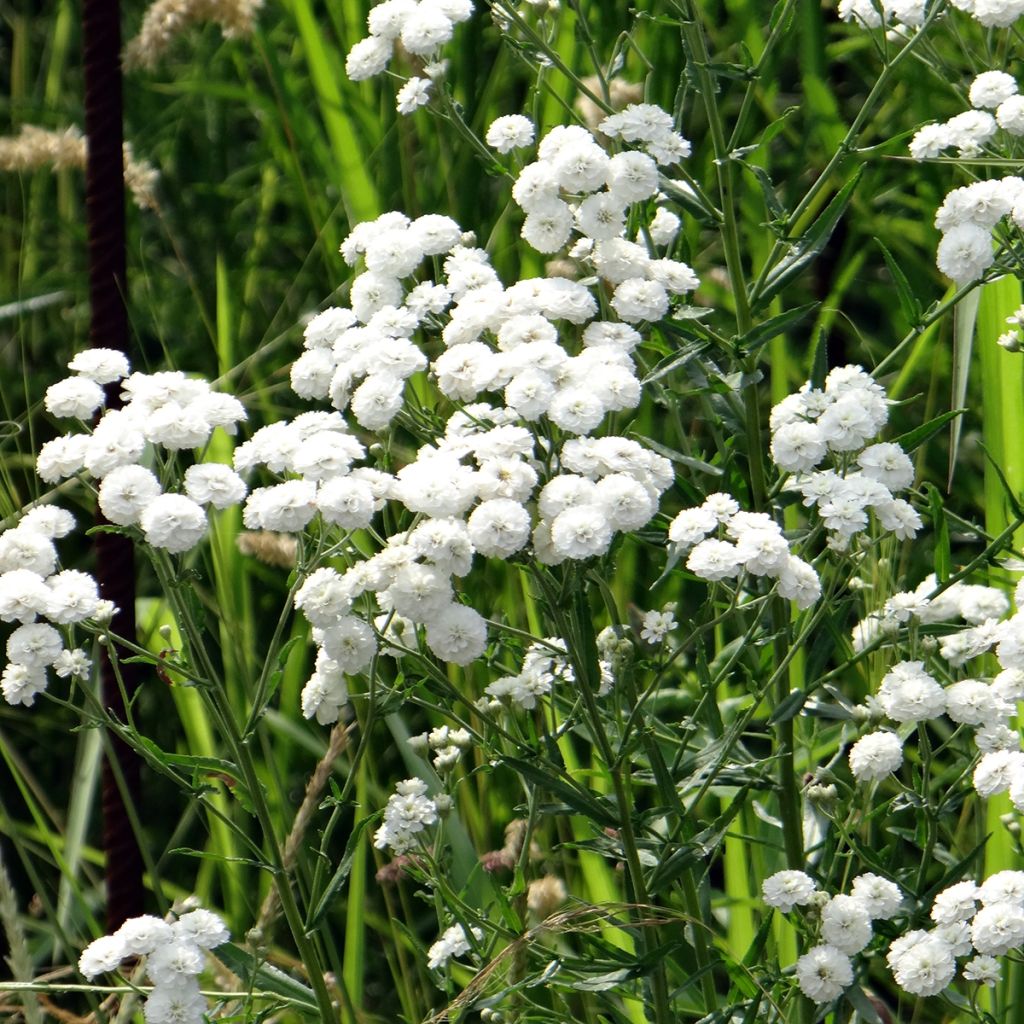

Graines d'Achillée ptarmica Double Diamond (The Pearl)
Achillea ptarmica Double Diamond - Yarrow
Achillea millefolium Ptarmica Double Diamond
Common Yarrow, Milfoil, Thousand-leaf, Nosebleed plant
This item cannot be shipped to the selected country
Dispatch by letter from €3.90
More information
Dispatch by letter from €3.90
More information
Schedule delivery date,
and select date in basket
This plant carries a 6 months recovery warranty
More information
We guarantee the quality of our plants for a full growing cycle, and will replace at our expense any plant that fails to recover under normal climatic and planting conditions.
Seed-only orders are dispatched by sealed envelope. The delivery charge for seed-only orders is €3.90.
Does this plant fit my garden?
Set up your Plantfit profile →
Description
Achillea millefolium Ptarmica Double Diamond, also known as yarrow, produces bushy and compact plants, disappearing all summer under dazzling white panicles, formed by small double pompom flowers. Yarrow flowers from the first year, on a plant of modest size, and becomes full size in second year of cultivation. Hardy, undemanding, resistant to drought, it remains an ideal perennial in flower beds or as a groundcover. This elegant plant also works wonders in dried or fresh flower arrangements.
Achillea millefolium Ptarmica Double Diamond is a perennial stoloniferous plant, with a compact and upright tufted habit from spring onwards. It belongs to the Asteraceae family. It is one of the many cultivars of Achillea millefolium native to Europe and Asia Minor. The year following its sowing, the plant already flowers, on tufts not exceeding 30 cm (12in) in height. It will reach its full size in the second year of cultivation, forming bushy plants 80 cm (32in) tall when in bloom, with foliage ranging from 30 to 430 cm (12 to 169in). It spreads over 60 cm (24in) and more. The very abundant flowering occurs from June to August. The flowers are actually heads, with tubular disk florets in the central part, while the peripheral florets are ligulate. These heads, resembling tiny white pompoms, appear at the tops of the stems, forming flat or slightly rounded corymbs, highly visited by pollinating insects. They give rise to fruits called achenes. The stem is channelled and villous. The foliage is deciduous or semi-evergreen, aromatic, and finely divided into strips. The leaves are bipinnately lobed, feathery, and dark green in colour, with a matte texture. The plant spreads on the surface of the soil through stolons, allowing it to colonise large areas.
Achillea millefolium Ptarmica Double Diamond will integrate well in a rockery, on top of a wall, as a border, or on a slope where it will contribute to stabilizing and protecting against erosion. This stoloniferous plant can be used as groundcover over large areas, allowing you to avoid the necessary mowing for a lawn by replacing it in low-traffic areas. It tolerates root competition from trees, making it a good groundcover on the edge of woodlands. As it is easy to cultivate and withstands drought well, it is perfect for dressing the base of shrub roses or bordering a sunny flower bed.
Flowering
Foliage
Plant habit
Botanical data
Achillea
millefolium
Ptarmica Double Diamond
Asteraceae
Common Yarrow, Milfoil, Thousand-leaf, Nosebleed plant
Cultivar or hybrid
Other Achillea seeds
Planting and care
Sow Achillea millefolium seeds from February to June or from September to October on the surface of a good compost and cover the seeds with a thin layer of vermiculite compost. Place in a mini-greenhouse at a temperature of 15-24°C or enclose the seed tray in a polyethylene bag until germination, which usually takes 1 to 3 weeks. Keep in light, as this facilitates germination.
When the seedlings are large enough to handle, transplant them into 8 cm (3in) pots and grow them in cooler conditions. When the plants are well-developed and all risk of frost has passed, gradually acclimatise the plants to outdoor conditions for 10 to 15 days before planting them outside. Transplant the plants at a distance of 60cm (24in) in well-drained soil in full sun. September sowings will overwinter under a cold frame and be planted outside the following spring.
Plant Achillea millefolium in any soil, even calcareous, dry or moist but well-drained. It even adapts to clay soils if they are healthy and well amended. It will grow in partial shade but prefers full sun. In cool climates, planting can be done all year round. In regions with hot and dry summers, it is preferable to plant in September-October so that the plant can establish its roots well during autumn and winter to withstand the following summer. It is advisable to cut back all vegetation at the end of the season to promote the growth of young shoots in spring.
Sowing period
Intended location
This item has not been reviewed yet - be the first to leave a review about it.
Flower seeds
Haven't found what you were looking for?
Hardiness is the lowest winter temperature a plant can endure without suffering serious damage or even dying. However, hardiness is affected by location (a sheltered area, such as a patio), protection (winter cover) and soil type (hardiness is improved by well-drained soil).

Photo Sharing Terms & Conditions
In order to encourage gardeners to interact and share their experiences, Promesse de fleurs offers various media enabling content to be uploaded onto its Site - in particular via the ‘Photo sharing’ module.
The User agrees to refrain from:
- Posting any content that is illegal, prejudicial, insulting, racist, inciteful to hatred, revisionist, contrary to public decency, that infringes on privacy or on the privacy rights of third parties, in particular the publicity rights of persons and goods, intellectual property rights, or the right to privacy.
- Submitting content on behalf of a third party;
- Impersonate the identity of a third party and/or publish any personal information about a third party;
In general, the User undertakes to refrain from any unethical behaviour.
All Content (in particular text, comments, files, images, photos, videos, creative works, etc.), which may be subject to property or intellectual property rights, image or other private rights, shall remain the property of the User, subject to the limited rights granted by the terms of the licence granted by Promesse de fleurs as stated below. Users are at liberty to publish or not to publish such Content on the Site, notably via the ‘Photo Sharing’ facility, and accept that this Content shall be made public and freely accessible, notably on the Internet.
Users further acknowledge, undertake to have ,and guarantee that they hold all necessary rights and permissions to publish such material on the Site, in particular with regard to the legislation in force pertaining to any privacy, property, intellectual property, image, or contractual rights, or rights of any other nature. By publishing such Content on the Site, Users acknowledge accepting full liability as publishers of the Content within the meaning of the law, and grant Promesse de fleurs, free of charge, an inclusive, worldwide licence for the said Content for the entire duration of its publication, including all reproduction, representation, up/downloading, displaying, performing, transmission, and storage rights.
Users also grant permission for their name to be linked to the Content and accept that this link may not always be made available.
By engaging in posting material, Users consent to their Content becoming automatically accessible on the Internet, in particular on other sites and/or blogs and/or web pages of the Promesse de fleurs site, including in particular social pages and the Promesse de fleurs catalogue.
Users may secure the removal of entrusted content free of charge by issuing a simple request via our contact form.

































